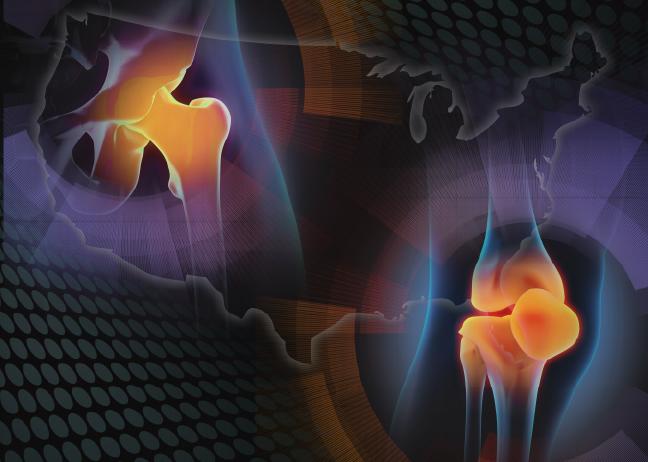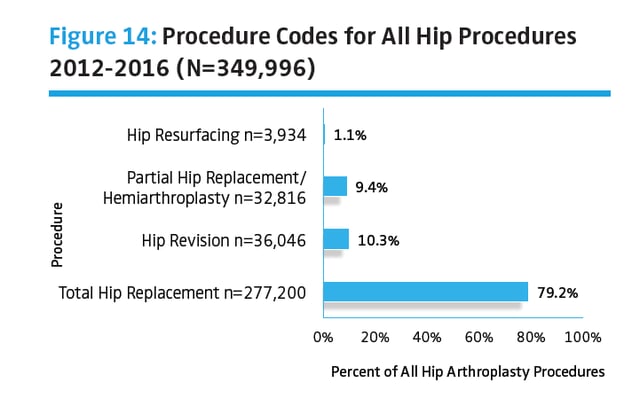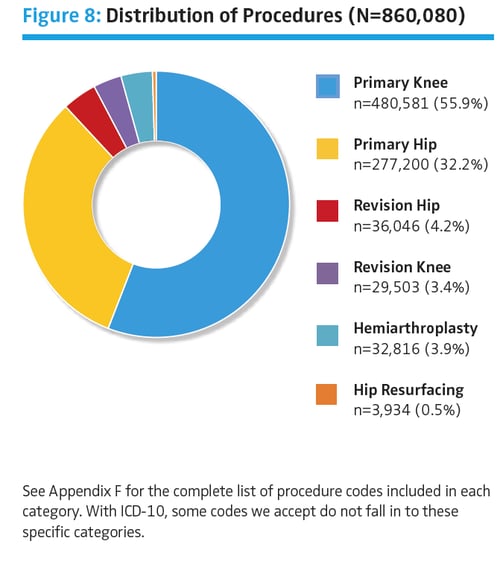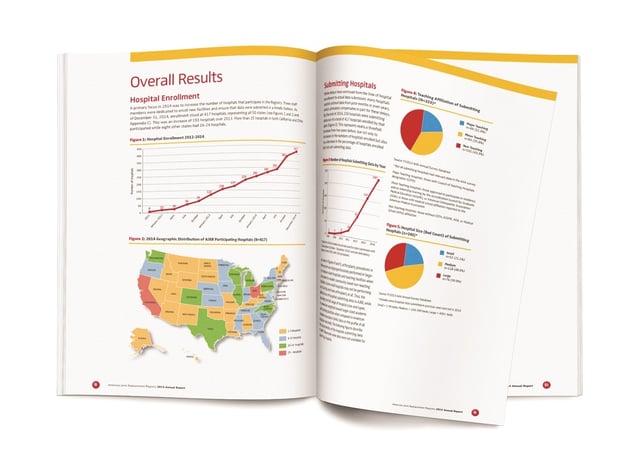
In 2017, the American Joint Replacement Registry (AJRR) achieved a major milestone entering over 1 million arthroplasty procedures into its database. This year's AJRR Annual Report gives the most comprehensive picture to date of U.S. hip and knee replacement patterns. The AJRR 2017 Annual Report collected data from 2012 to 2016 and contains 860,080 procedures. Reflecting rapid and accelerating growth, the Registry's 1 million milestone was achieved in March of last year.
"The Registry has seen significant participation growth since our previous report: a 101 percent increase in procedures, a 57 percent increase in reporting institutions, and a 50 percent increase in surgeons," said AAOS Registry Oversight Committee Chair Daniel J. Berry, MD. "Growth leads to more and better data, enables more actionable analysis, and yields insights that improve surgical decision support."
"AJRR's data has been invaluable in our pursuit to provide better care for our joint replacement patients," said Amanda James, CEO, Swedish Covenant Hospital.
THA and TKA Surgical Insights
Below are some key findings related to surgical practice for total hip arthroplasty (THA) and total knee arthroplasty (TKA) based on analysis of the most recently reported AJRR data. Which surgical procedures are increasing or decreasing? Revision burden is a measure of arthroplasty success; what is the trend across registries? What is the most common knee implant design? How are patient demographic profiles changing? Questions like these (and more) are addressed in detail throughout the annual report. The comprehensive findings from this year's report will be of interest to orthopaedic surgeons, hospitals, medical device companies, government agencies, and other health care stakeholders.
Richard Price, Senior Vice President, Payment and Healthcare Delivery Policy, AdvaMed, said, "AdvaMed recommends that CMS support hospital participation in the AJRR in order to further advance the development of quality measures related to THA/TKA. Supporting the AJRR registry as an alternative for meeting quality reporting requirements would provide an invaluable resource to improve patient outcomes. The joint registry will allow the tracking of implant performance from the time of the index procedure and the identification of any complications or issues that may be related to the care of the patient with that device."

AJRR Key Findings About THA
- Median number of procedures performed by AJRR surgeons is 12.
- 2016 revision burden is 8.6 percent, and has been decreasing across all national registries.
- The majority of early (less than 3 months) linked revisions are for dislocation, infection, and periprosthetic fracture.
- Hemiarthroplasty makes up approximately 11 percent of total hip arthroplasty procedures.
- Over the past few years, total hip replacements are increasingly being performed for hip fractures (vs. hemiarthroplasty procedures), indicating a slight change in surgeon practice.
- THA for femoral neck fracture continues to grow; the majority utilize cementless stems and bipolar heads in all age groups.
- Ceramic head use increases each year, with the 'tipping point' from an even distribution between ceramic and CoCr heads occurring at age 68.
- Male patients predominate in younger age groups, but females represent the majority of procedures as the population ages.

AJRR Key Findings About TKA
- Median number of procedures performed by AJRR surgeons is 22.
- 2016 revision burden is 5.1 percent. It has remained constant across all national registries.
- The majority of early linked TKA revisions continue to be for infections.
- Posterior-stabilized designs are the most common design used in primary TKA, but ultra congruent design use has increased steadily over time.
- Mobile-bearing design use remains consistently around 8-9 percent of primary TKA.
- Highly cross-linked polyethylene is used in the majority of primary TKA procedures, but reflects a downward trend. Conventional UHMWPE is decreasing, antioxidant polyethylene is increasing.
- The AJRR continues to report over 90 percent patellar resurfacing in primary TKA in contrast to many other national registries.

What's Ahead for the Registry?
AJRR is now able to collect three levels of data, including patient-reported outcome measures (PROMs) as well as comorbidity and operative complication data. As a result, the Registry will be able to risk-adjust participant data, greatly enhancing its value to all stakeholders. The exciting focus going forward; the reporting of risk-adjusted longitudinal data which will be shared in future AJRR Annual Reports.
Download the full AJRR 2017 Annual Report.
If you have difficulty downloading the report, feel free to contact us at AJRRinfo@aaos.org. We would be happy to send over the PDF.

Be sure to leave a comment in the form below!

